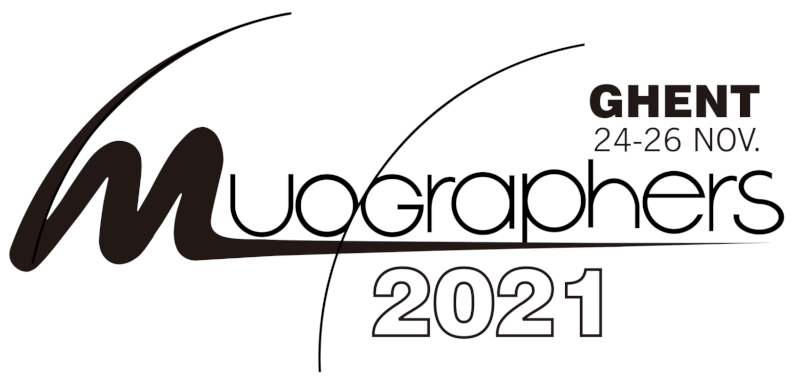Speaker
Description
The aim of the BLEMAB project (BLast furnace stack density Estimation through on-line Muon ABsorption measurements) is the application of the muon radiography techniques in order to obtain the imaging of a blast furnace inner zone. In particular, the goal of the study is to charachterize geometry and size of the so called "cohesive zone", i.e. the spatial region where the slowly downward moving material begins to soften and melt, that plays such an important role in the performance of the blast furnace itself.
Thanks to the high penetration power of natural cosmic ray muon radiation, muon transmission radiography could be an appropriate non invasive methodology for the imaging of large high-density structures such as a blast furnace, whose linear dimensions can be up to a few tens of meters. A state of the art muon tracking system derived from the technology developed for MIMA and MURAVES detectors (used in muography applications in the field of Archaeology, Geology and Civil Engeneering) is currently in development and will be installed at a blast furnace on the ArcelorMittal site in Bremen (Germany), in order to start a continuos test of data collection.
Hundreds of muons are expected each day, for each angular bin with a size of 2 deg in azimuth and 2 deg in elevation, thus allowing a continuos measurement of the average density distribution keeping statistical fluctuations at less than ten percent. Muon radiography results will also be compared with measurements obtained through an enhanced multipoint probe and standard blast furnace models.
In this contribution the project, its development status and the expectations based on preliminary simulations are presented and briefly discussed.
